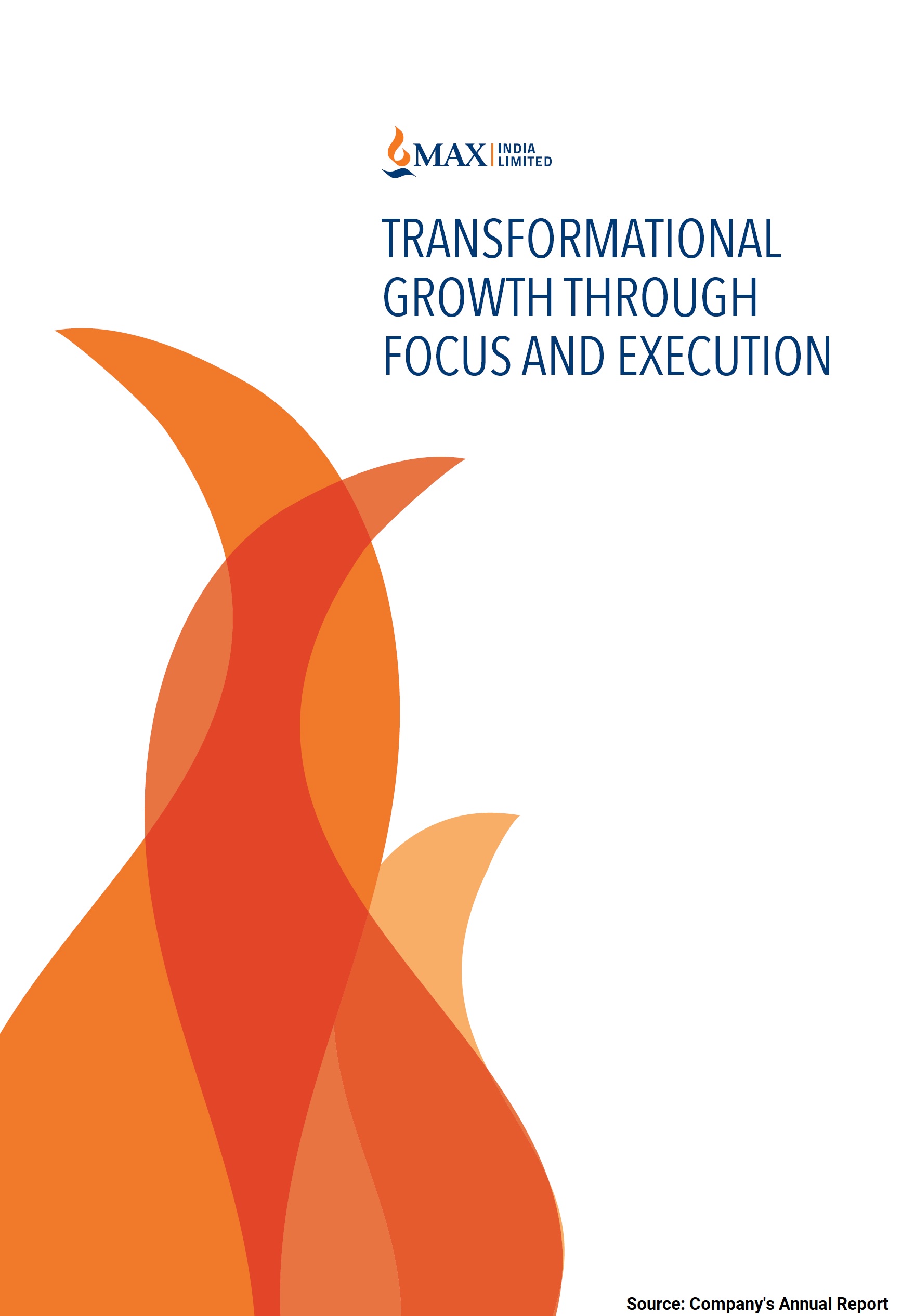What has surprised the market on State Bank of India’s merger announcement was the timing more than the ratio. Analysts expected an announcement in FY17, but fast-tracking the entire process has been a pleasant surprise for the market.
However, the merger ratio leaves very little room for an upside. Part of the reason for no gains for investors of the smaller banks is that they had already run up immediately after the announcement. Smaller banks had jumped by around 30%, leaving very little on the table for investors when the final swap ratios were announced.
In fact, the ratio is not favorable for State Bank of Mysore, which incidentally had moved up the most when the government announced the merger plan.
Bank unions from smaller banks have been opposing the merger since its announcement. But is their stance justified? Further, does SBI really benefit from the merger or is the government trying to sweep the dust under SBI’s carpet?
Given the current aggressive competition from the private sector banks, the smaller public sector banks would have been left behind in the race.
Take their performance in the June 2016 quarter, for instance. We shall consider comparing the June quarter numbers as the banks have been asked to clean up their books and align recognition of NPAs as per SBI’s standard and of course they were supposed to comply with RBI’s Asset Quality Review (AQR).
State Bank of Mysore barely posted any growth in its interest income. In fact, on a year-on-year basis, there was a marginal loss. But the story starts to reveal in the segment-wise reporting, where the bank has posted a loss in its corporate banking and surprising a huge loss in its retail banking division. The only division that was profitable was its treasury.
The same is true for State Bank of Travancore and State Bank of Bikaner and Jaipur on all parameters. All three banks reported a loss in the June quarter.
The cleaning-up of their books will take one more quarter as per SBI management in their media interaction. Gross NPA of the five associate banks (two unlisted apart from the three mentioned above) in the quarter ending June 2016 stands at 9.14% as compared to 5.98% in the March 2016 quarter. The five associate banks reported a loss of Rs 2,018 crore in the June quarter as compared to a standalone profit of Rs 2,521 crore by SBI.
The three listed banks have for the first time in recent past shown a loss in the retail banking space, an area where the private players dominate. If left alone, it would have been very difficult for these banks to compete. Under SBI, the product offering would be standardized with stricter KYC norms and centralized banking keeping vigil on the assets.
For the government, it also makes sense to track a bigger bank rather than feeding the smaller ones with capital infusion every year.
For SBI, there is a cost involved, mainly in terms of superannuation. But the bank adds more branches and gets more deposits with a minimal dilution. The fresh issue of shares as a result of the merger exercise will result in an equity share dilution of 1.8% and will increase the consolidated equity by 1.1%, thereby leading to a negligible book value per share dilution of 0.6%.
However, SBI’s capital adequacy ratio is likely to fall by over 50 basis points once the merger with its associate banks is complete.
The bigger question is the impact the merger will have on the health of SBI. Cumulative bad loans of the five associate banks are now as big as 35% of the bad loans of SBI. Their slippage ratio stands at 20% and credit costs have deteriorated to 5.56%. It is precisely this reason that the smaller banks were asked to come clean before the merger.
While arriving at the swap ratio, book value of SBI was consider at a conservative level of one while the other banks valued at slightly lower levels depending on the deterioration of their books.
Despite the current status of the assets, SBI officials now sound very bullish over the merged entity prospect. SBI’s MD and CFO, Anshula Kant said the cost synergy benefits would take a while to come into play, but that is definitely one of the biggest upsides of this merger.
Among the major synergies will be treasury improvement and lower cost of funds. SBI’s treasury earns 90 basis points more than the average earning of the five treasuries of its associates. Also, SBI’s cost of deposits is lower.
The merger will result in SBI being the 44th largest global bank and the largest Indian bank by a mile. With a market share of nearly a fourth of the Indian market, SBI is clearly a bank that is too big to fail.
Recent Articles on M&A
Source: Business-Standard




